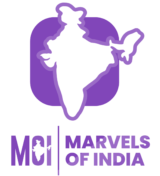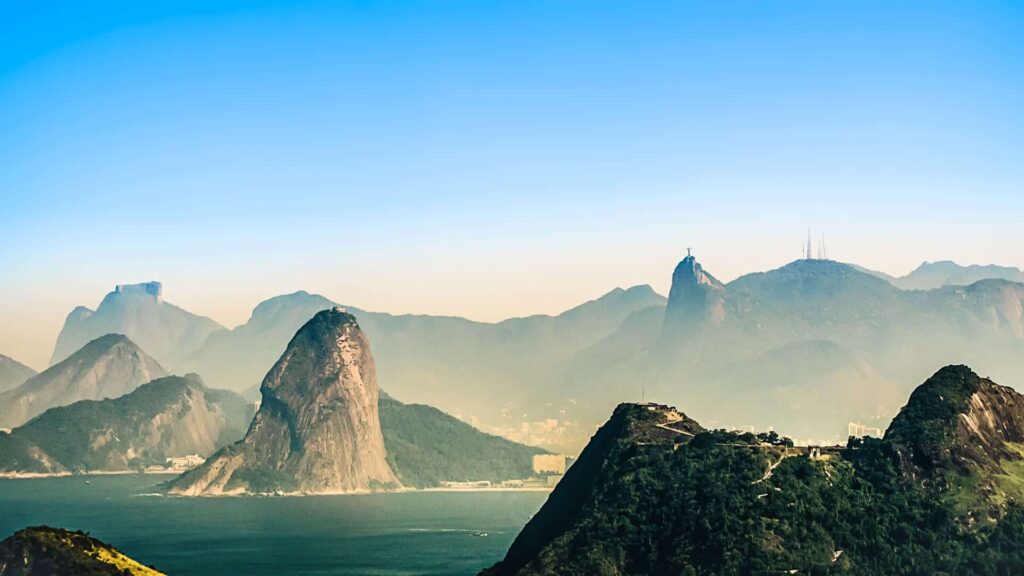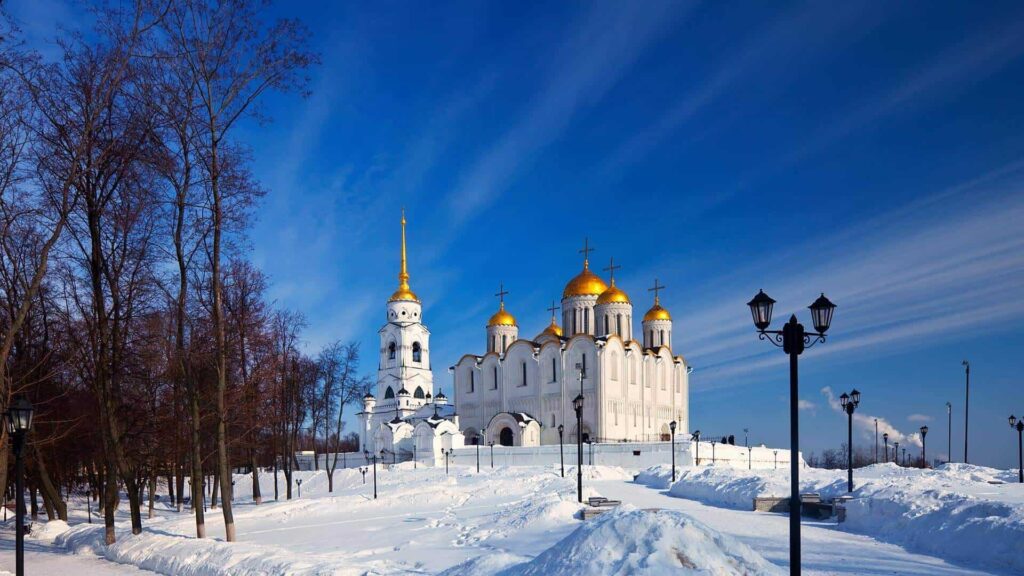The Rann of Kutch is a vast salt desert located in the western Indian state of Gujarat. It is the largest salt desert in the world and covers an area of approximately 7,500 square miles. The Rann of Kutch is a unique and stunning landscape, characterized by vast expanses of white salt flats, glittering salt crystals, and unique flora and fauna.
The Rann of Kutch is particularly famous for its salt pans, which are used by the local communities to produce salt. Visitors to the Rann of Kutch can witness the traditional salt-making process, which involves the evaporation of saltwater in shallow pans, and explore the vibrant villages that surround the salt pans.
Another popular activity in the Rann of Kutch is the camel safari, which takes visitors on a journey through the desert, providing them with stunning views of the salt flats and the surrounding hills. The Rann of Kutch is also home to several wildlife sanctuaries, including the Kutch Desert Wildlife Sanctuary, which is home to several species of birds, mammals, and reptiles.
A popular myth associated with the Rann of Kutch is the story of the lost city of Dholavira. Dholavira was an ancient city that flourished in the region around 5,000 years ago, during the Indus Valley Civilization. The city is believed to have been one of the largest and most advanced settlements of its time, with a sophisticated water management system and well-planned streets and buildings.
According to legend, the city was destroyed by a great flood, and its ruins were buried beneath the sand for centuries. It was only in the 1960s that the city was rediscovered by archaeologists, who uncovered the remains of the city’s impressive structures and artifacts.
The story of Dholavira is a popular myth associated with the Rann of Kutch, and it has helped to bring attention to the region’s rich cultural and historical heritage.
One of the most popular events in the Rann of Kutch is the Rann Utsav, a three-month-long festival that celebrates the rich cultural heritage of the region through music, dance, and art. The festival provides visitors with the opportunity to witness traditional folk performances, sample local cuisine, and explore the vibrant handicraft markets.


